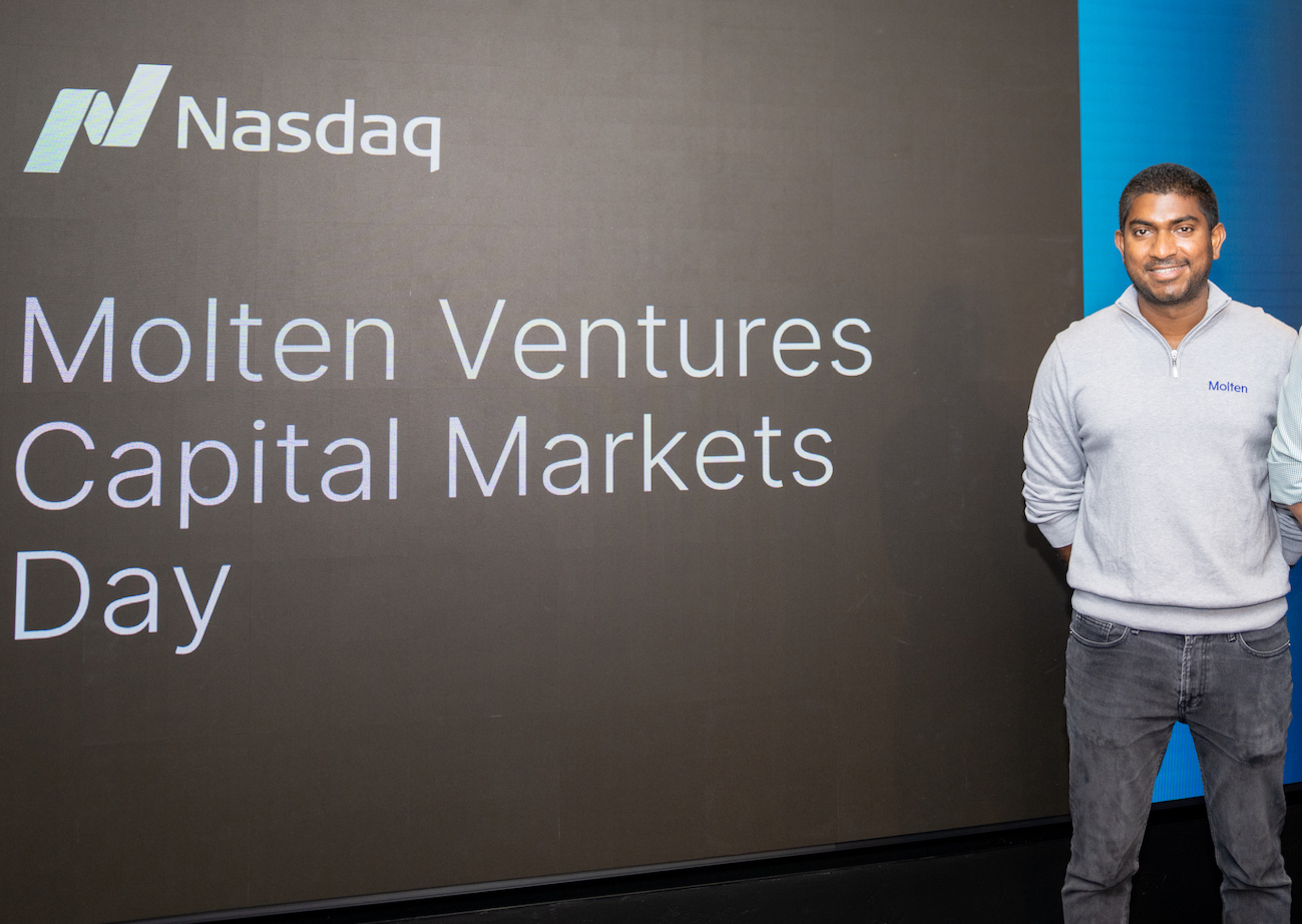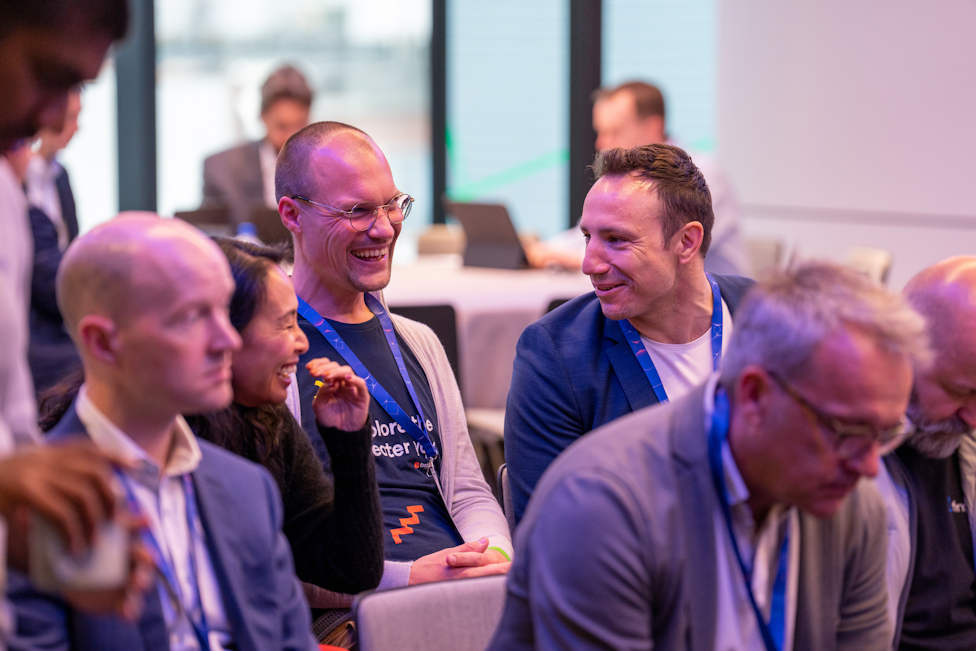When asked if they would expect the same outcome in the current market, the CEO was less sure: “I think if we were doing the same deal today, investors would still want those answers, which are still important, but there would be a heavier onus on us to prove the attraction commercially too.
Questions tend to focus less on the top-line numbers but more efficiency metrics such as how much it costs to acquire a customer. More important than CPA (cost per acquisition), though, is how much it costs to serve customers. Even more important than that: how good is your customer success? What is the churn?
From our perspective, we're not simply focused on the customer acquisition cost – which is standard – but making sure that our customer success is strong and that we don't sleepwalk into becoming a consultancy services company.
Those two metrics will be important. If we get that right, it's going to be very easy to go back to market again and say: we’re winning, and these efficiency metrics prove it.”
Indeed, many and varied theories on the exact nature of these efficiency metrics abound. Vinoth takes the group through how the term has evolved over the years.
“Efficiency has now become an industry measure. One of the most common metrics is ARR to burn—a relatively safe catch-all for indications of problems inside the business. If you have a gross margin problem, for example, and it doesn't improve then you're going to burn more money trying to raise the same amount of revenue. Equally, the problem could be sales efficiency, marketing or concerned with the founder: everything gets caught under one umbrella.
"It's only when you explore it further that you learn the real causes. In the interactions we're having with growth-stage investors now, they are asking these efficiency questions upfront.”
But it’s clear that efficiency shouldn’t come at the expense of growth, especially when the company is young. One of the attending CEOs underlines the dichotomy: “I’m afraid that early-stage companies can make the mistake of thinking that no growth doesn't matter in context with other measures such as profitability or efficiency. Too much efficiency too early can mean that businesses don’t get to the scale they need—finding the right mix of growth and profitability is key.
Vinoth reminds participants of a so-called new North Star efficiency metric: ARR per FTE. Divide one by the other and the higher the number, the better you are.
An investor in the group concurs: “Some of the conversations we've heard here have confirmed our thinking: the conversation needs to centre around wise growth. One of our portfolio companies hired so many people so quickly that they need time to digest those hires and convert them into ARR. In fact, the team are thrilled to be able to spend more time on the business and less time on recruiting.”
When do efficiency metrics fail?
As with all industry standards, they only work until they don’t. For many companies, particularly some in DeepTech – where the investment is up front and there is no product – measuring efficiency may give a falsely negative outlook on the state of the business and the investment case therein.
Others may simply be in a market where it simply takes longer to prove efficiency or, indeed, revenue potential. Here, product-led growth can be key to owning the narrative. One of the attending companies for example, was finding that its initial focus – enterprise clients – had a sales cycle of six to nine months. By diversifying its product line to attract small- to medium-sized businesses, it found it could close the loop within weeks or even days.
The new plug and play platform exists alongside the managed enterprise service and its potential lies in the short and simple onboarding process, allowing the business to be more accessible, more quickly, to more potential customers.
Another CEO who runs a healthtech firm spoke to many different strategies for growth, which don’t always prove efficiency or growth under those metrics. In that CEO’s circumstance, the initial growth plan centred on building an audience with a freemium model first and monetising that audience second.
“Our product grew as a free app, which allowed us to build loyalty alongside an amazing data set. We've got over 10 billion health data points and we found we could build all kinds of cool products from those. The second chapter was to monetise and evolve into a consumer subscription business.”
Final tips: staying ahead of the game
No matter what stage you are at, the key is to stay one step ahead of what investors are going to ask you, shares an investor in the group.
“I’m encouraging more of our founders to date their investors offline, when they’re not in a fundraising situation. This allows them to test narratives in real time and read the reaction.
Crucially, that means the difficult efficiency questions – “What's your ARR? What's your burn? How much money? How much runway do you have? What you need to raise the next round?” – can be answered upfront.
Then, founders can change their conversation to whether the investor buys what the category looks like and discover what about it appeals to them. That could be something you don't agree with; it could be something you do agree with. But the point is, you have the debate and when you have the debate, they're forced to think and truly connect with you as an individual, and then with your story of your company.”
More insights from the sessions will follow in weeks to come.










